During the Cold War, the US military tested various chemical weapons on its own soldiers at a military facility in Maryland.
Developed by the Nazis during World War II, sarin is a chemical that can kill within minutes. And for years, the US military secretly tested it on soldiers in a series of top-secret experiments at the Edgewood Arsenal military facility.
Sarin was not the only deadly chemical weapon tested at Edgewood. Between about 1948 and 1975, the US military researched a variety of agents that could be used in chemical warfare, exposing 7,000 soldiers to chemicals such as tear gas, mustard gas, and a variety of dangerous drugs.
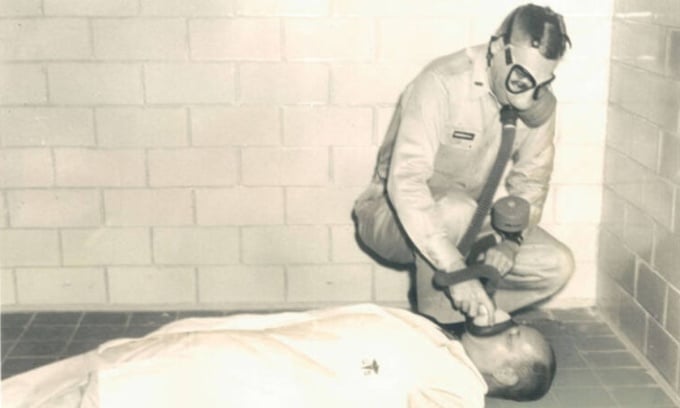
A chemical weapons test on humans was conducted at Edgewood in September 1957. Photo: Baltimore Sun
The US military argued that the experiments at Edgewood were necessary for national security. In the tense context of the Cold War, the military needed to know which chemicals could harm soldiers and also wanted to develop chemical weapons to attack the enemy.
So they tested chemical weapons in small doses on volunteers to see how they would affect humans, and to test protective gear, medicines and vaccines. They are said to have consulted former Nazi scientists to develop their experiments.
Volunteers were given drugs that made them fearful and depressed, including dangerous substances like sarin and the psychotropic agent BZ. Researchers also gave soldiers the hallucinogens LSD and PCP (phencyclidine).
In some experiments, doctors put chemicals on volunteers’ arms to see how they reacted. Others were given drugs they didn’t know exactly what they were taking. Some went temporarily blind or tried to harm themselves. Some had hallucinations for days. Many volunteers were even hospitalized.
Notable reactions include "seizures, dizziness, fear, panic, hallucinations, migraines, delirium, extreme depression, feelings of hopelessness, lack of initiative to do even simple things, suicidal thoughts," said L. Wilson Greene, chief scientific officer at Edgewood.
Perhaps the most dangerous chemical tested by the US military was sarin. Over the course of a year, seven technicians required immediate medical attention after accidental exposure to the chemical. Birds that flew through the gas chamber’s chimney after sarin testing died instantly and fell to the roof. Healthy volunteers suffered convulsions, vomiting, and difficulty breathing.
Psychiatrist James Ketchum, who later became known as "The Delirious Doctor," joined Edgewood in the 1960s and led mind-altering drug trials as "head of the psychochemical research department."
Until his death in 2019, Ketchum staunchly defended his experiments, claiming they were more humane than conventional weapons and a necessary precaution during the Cold War.
"We were in a very tense confrontation with the Soviet Union at the time, and there was information that they were buying large quantities of the hallucinogenic drug LSD, possibly for military use," the New Yorker magazine quoted him as saying.
Greene argued that chemical warfare could lead to fewer casualties on the battlefield. “Throughout recorded history, wars have been filled with death, misery, and destruction of property. Each major conflict has been more disastrous than the one that preceded it,” Greene wrote in 1949. “I believe that by psychological warfare techniques we can defeat the enemy without destroying property or killing too many people.”
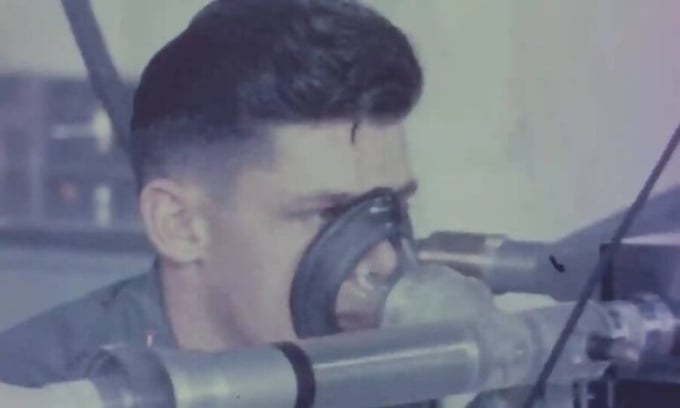
A soldier was exposed to the psychotropic agent BZ at Edgewood. Photo: US Army
Critics, however, say Edgewood's experiments and the way they were conducted were inhumane. The Army claims that soldiers volunteered and were given a full briefing on the project, while veterans who spent time at Edgewood dispute this.
“They told me it was just like taking aspirin,” one man said. But the trials drove him to attempt suicide for years.
“They were told they were going to be involved in military testing, they weren’t told anything about any drugs,” said Nick Brigden, director of the documentary The Delirious Doctor and the Edgewood Experiment, who interviewed dozens of veterans. “Once they got to Edgewood, they were threatened with court martial if they didn’t participate.”
In 1961, volunteer John Ross was tested with a nerve agent called soman and overheard doctors saying it was a deadly chemical. "I started having seizures, vomiting," he told the New Yorker magazine. "Someone standing next to me said, 'We've given him too much.' I started to panic. I thought I was going to die."
Ross survived. But for years he suffered from depression and insomnia.
“The fact that they are allowed to do this without telling people what they are doing is very, very scary,” one doctor told the New Yorker. “It is completely inhumane, unethical.”
In 1975, human experiments at Edgewood were forced to end after a congressional investigation exposed the program's repeated failure to obtain informed consent from volunteers.
Many soldiers suffered the effects for decades. Many struggled with depression and suicidal thoughts. Others suffered neurological disorders.
“I need to know everything that happened to me because it might bring me some peace and fewer nightmares,” one veteran wrote to Dr. Ketchum. This was not the only letter Ketchum received.
In 2009, a group of former Edgewood volunteers filed a class-action lawsuit against the Army, the Department of Defense, and the CIA. Instead of seeking compensation, they simply wanted to know what drugs they had received, be released from their confidentiality commitments, and have access to health benefits from the Department of Veterans Affairs.
A federal court ruled in favor of the veterans in 2013. In 2015, a federal appeals court ruled that the military was responsible for providing medical care to veterans involved in the experiments.
Vu Hoang (According to ATI )
Source link








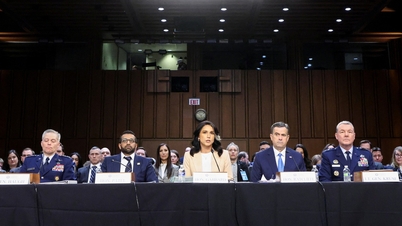

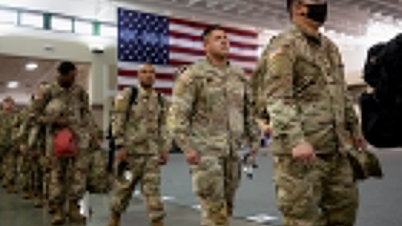

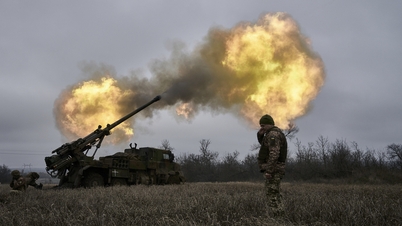


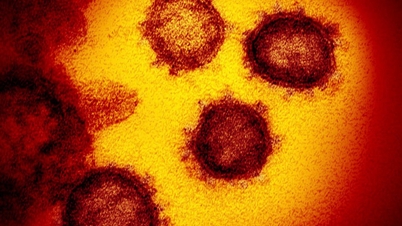

































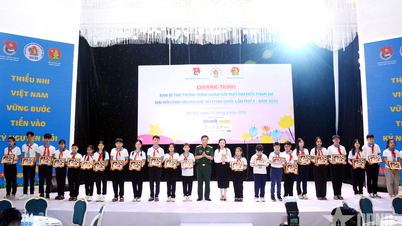






























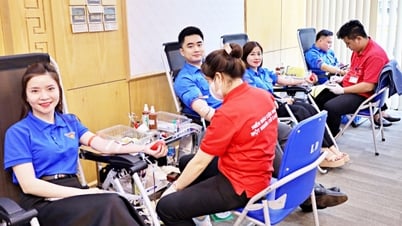







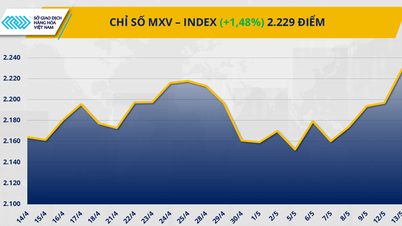












Comment (0)